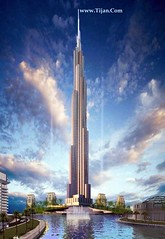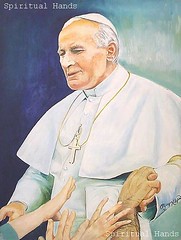Infosys, world's most valuable IT firm
Are Bangalore-based Infosys Technologies and Wipro Ltd, India's software bellwethers, the first and third most valuable software services companies in the world?
It would seem so.
Today, the $1.5 billion Infosys would be the costliest company to acquire even ahead of the $16 billion Accenture, the biggest consultancy and software solutions multinational.

Surprised? Don't be.
The EV or enterprise value of Infosys as on April 25, 2005 at $16.72 billion has nudged ahead of Accenture's, which had an enterprise value of $16.57 billion.
Infosys's market cap though at $17.41 billion is lower than that of Accenture's market capitalisation, which stands at $19.95 billion.
Also to understand how valuable Infosys is as a software company consider the enterprise values of other software companies, both Indian and global.
Bigger MNC competitors like EDS and Bearing Point have enterprise values of $10.27 billion and $1.40 billion, respectively. Another Indian IT major Wipro, with an enterprise value of $13.09 billion, is third after Infosys and Accenture in the most valuable software services companies list.
The enterprise value of a company is calculated by adding the total amount of long-term debt that the company is carrying on its balance sheet to the company's market capitalisation, whilst subtracting the value of cash and cash equivalents that are held by the company.
The enterprise value of a company also reflects the actual purchase price of the company if it were to be acquired without taking into account any premium or discount that may be offered at the time of sale.
With Infosys as a company carrying no debt on its balance sheet, it is but normal to expect a premium to be offered in case there is an offer to buy out India's most valuable software company.
Interestingly, the enterprise value of Infosys is higher than that of Accenture despite its most recent fourth quarter results that had disappointed market watchers and had also led to a fall in the Sensex.
Only IBM, which offers both products and software services -- and hence is not a pure play software consultancy and services player -- is more valuable than Infosys.
The $96 billion IBM dwarfs Infosys with an enterprise value of $135.92 billion and a market capitalisation of $121.16 billion.
Read about it at Rediff.
It would seem so.
Today, the $1.5 billion Infosys would be the costliest company to acquire even ahead of the $16 billion Accenture, the biggest consultancy and software solutions multinational.

Surprised? Don't be.
The EV or enterprise value of Infosys as on April 25, 2005 at $16.72 billion has nudged ahead of Accenture's, which had an enterprise value of $16.57 billion.
Infosys's market cap though at $17.41 billion is lower than that of Accenture's market capitalisation, which stands at $19.95 billion.
Also to understand how valuable Infosys is as a software company consider the enterprise values of other software companies, both Indian and global.
Bigger MNC competitors like EDS and Bearing Point have enterprise values of $10.27 billion and $1.40 billion, respectively. Another Indian IT major Wipro, with an enterprise value of $13.09 billion, is third after Infosys and Accenture in the most valuable software services companies list.
The enterprise value of a company is calculated by adding the total amount of long-term debt that the company is carrying on its balance sheet to the company's market capitalisation, whilst subtracting the value of cash and cash equivalents that are held by the company.
The enterprise value of a company also reflects the actual purchase price of the company if it were to be acquired without taking into account any premium or discount that may be offered at the time of sale.
With Infosys as a company carrying no debt on its balance sheet, it is but normal to expect a premium to be offered in case there is an offer to buy out India's most valuable software company.
Interestingly, the enterprise value of Infosys is higher than that of Accenture despite its most recent fourth quarter results that had disappointed market watchers and had also led to a fall in the Sensex.
Only IBM, which offers both products and software services -- and hence is not a pure play software consultancy and services player -- is more valuable than Infosys.
The $96 billion IBM dwarfs Infosys with an enterprise value of $135.92 billion and a market capitalisation of $121.16 billion.
Read about it at Rediff.










